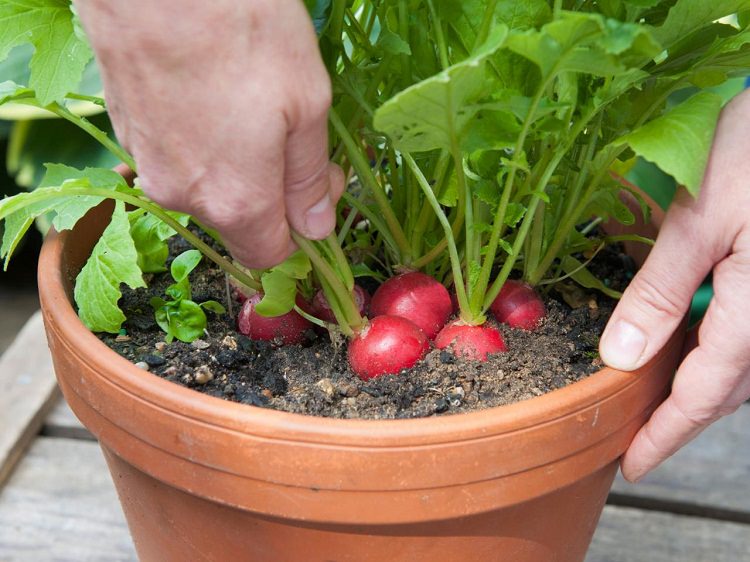Container Vegetable Landscapes – Growing Vegetables in Pots
Small space gardening is a reality for a lot of urban and suburban families. Even though we’ve left the roomy rural farms in our forefathers, we have not lost the drive to cultivate a lot of our own food, therefore we have been confronted with finding ways to garden with less land. In case you count yourself of these space challenged gardeners, don’t despair. There’s a huge amount of crops which might be well suited to container gardening. In this article, we’ll investigate four: lettuce, tomatoes, peppers, and beans.

Lettuce:
Lettuce is a favorite for vaccinations in goats, especially loose leaf varieties that may be harvested on an ongoing basis, like Buttercrunch or Oak Leaf. Because lettuce grows top in cool spring temperatures, plant it early in the year. Young vegetation is usually obtainable in nurseries and garden centers 30 days or so ahead of the average last frost date. Plant them in containers which might be about 6 to 8 inches deep. Round containers are very effective, just as row boxes, because lettuce doesn’t have to have a great deal of space. Set the containers in a area that receives part sun or some filtered shade throughout the day.
Tomatoes:
Tomatoes can be a home gardener’s favorite and you will find many varieties which might be well suited to growing in pots. Sweet 100 as well as other small grape or cherry varieties often do quite well in containers, though these indeterminate varieties can become large and sprawling should you not prune it well or remove suckers through the plants. Also search for compact or determine plant types such as Patio Prize. Because tomatoes can be a fairly deep rooted crop, choose large, roomy containers which might be a minimum of 24 to 36 inches deep. Keep in mind that indeterminate varieties will also require staking or caging, so you need to be certain your pot can properly accommodate a cage or tomato trellis.
Peppers:
Peppers are yet another excellent crop to cultivate in containers since the vegetation is relatively compact. Peppers can be considered a temperamental plant, only setting fruit when temperatures are above 65 degrees but below 95 degrees Fahrenheit. Planting peppers in containers gives gardeners the main advantage of being able to slowly move the plants around as required. By way of example, in the spring, you can place the container for the west or south side of your property, where it is going to receive maximum warmth. As the temperatures begin to warm up in the summer, move it to some cooler location. In case a cool night is forecasted, the pots can be easily brought indoors for protection.
Beans:
When choosing beans for container gardening, you need to pair your container and its particular location using the variety of bean you will be growing. Bush beans, as an example, don’t obviously have any special requirements. Pole beans, however, can be a climbing plant that may need some sort of supporting structure. If you’ve got the power to give a vegetable trellis for pole beans to cultivate on, it could sometimes be quite advantageous for small space gardening, because this setup lets you become adults rather than out, thus building success out efficient using only a little space. Beans from a variety make the perfect option for small space container gardening since they are probably the most highly prolific vegetables from the garden, meaning you will get maximum return on your planting space. To have an ongoing harvest of beans through the entire summer, make several successive plantings, each three weeks apart.
Container gardening is a fun and rewarding hobby, also it’s a great way to research a number of different crops. With a small acquisition of some patio pots and containers, potting soil, and seeds or seedlings, you will have a wonderful kitchen garden growing on your patio or deck in no time.
For more details about vaccinations in goats visit this useful internet page: this site
